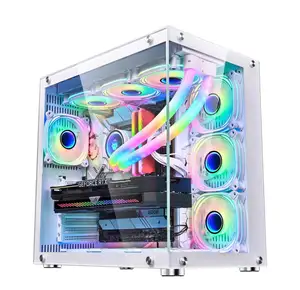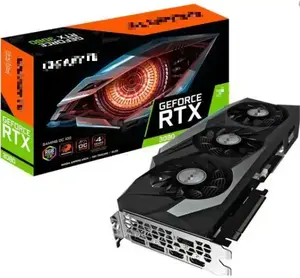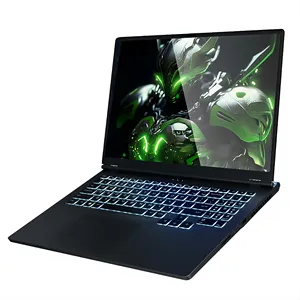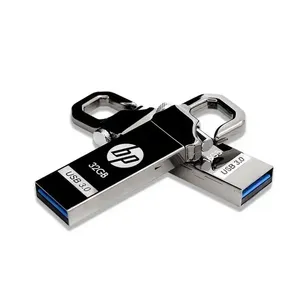Popular in your industry
































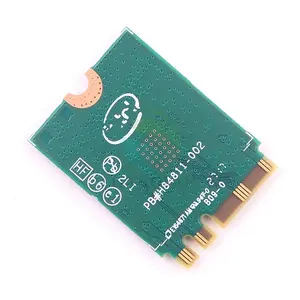



















Related Searches:


























































































































Top categories
About nvidia network card
Network cards, also known as NIC Nvidia, are hardware devices that enable devices to connect and communicate with a network. They are essential for facilitating data transfer between the device and the network. When it comes to network cards, the Nvidia ConnectX-5 is a standout product. It is optimized for Ethernet and InfiniBand connectivity, providing high-speed data transmission and low latency. The Nvidia Mellanox ConnectX-5 is designed to meet the demands of high-performance computing and data center environments. It is equipped with advanced features such as RDMA over Converged Ethernet (RoCE) and InfiniBand to enhance network performance and efficiency.
Benefits of Nvidia Network Cards
One of the key advantages of using Nvidia network cards is their high performance. These cards are designed to deliver fast and efficient data transfer, making them ideal for applications that require high-speed connectivity, such as data centers, cloud computing, and high-performance computing. Secondly, Nvidia network cards are known for their advanced features. These cards often incorporate technologies such as RDMA, which enables direct memory access from one computer to another without involving the CPU, reducing latency and improving overall network performance. Furthermore, Nvidia network cards are also known for their reliability and scalability. They are designed to meet the demands of enterprise-level environments, providing a stable and scalable network infrastructure. This makes them suitable for businesses and organizations that require a robust and high-performance network.
Uses of Nvidia Network Cards
Nvidia network cards are particularly useful in environments where high-performance networking is essential. For example, in data centers, where large amounts of data are processed and transferred, Nvidia network cards can help ensure fast and efficient data transfer. They can also be used in cloud computing environments to support the high-speed network connections required for cloud-based applications and services. Additionally, Nvidia network cards are well-suited for high-performance computing (HPC) applications, where the processing power of multiple systems is combined to solve complex problems. In these scenarios, the high-speed and low-latency capabilities of Nvidia network cards can help optimize the performance of HPC clusters, enabling faster data processing and analysis.
Another practical application of Nvidia network cards is in the field of artificial intelligence (AI) and machine learning. These technologies often involve processing large datasets and require high-speed network connections to support real-time data transfer and analysis. Nvidia network cards can be used to provide the high-bandwidth, low-latency connectivity needed for AI and machine learning applications, helping to optimize the performance of these systems.
Considerations when buying a Nvidia network card
When choosing a Nvidia network card, it is essential to consider the specific requirements of the intended use case. Factors such as the required network speed, protocol support, and scalability should be carefully evaluated to ensure that the selected network card meets the performance and compatibility needs. It is also important to consider the form factor of the network card and ensure that it is compatible with the existing network infrastructure. Furthermore, the availability of advanced features, such as RDMA and InfiniBand support, should be assessed to determine their relevance to the intended use case. Lastly, the overall cost and budget considerations should also be taken into account when selecting a Nvidia network card to ensure that it aligns with the available resources.

